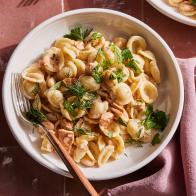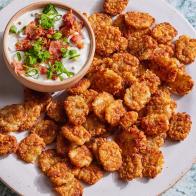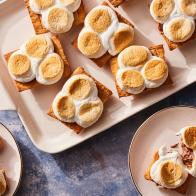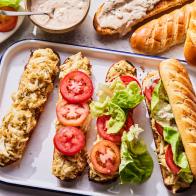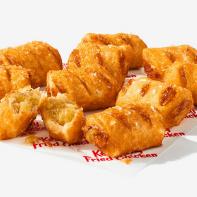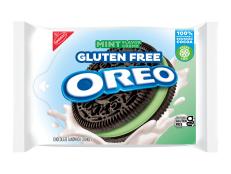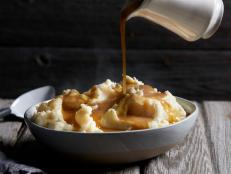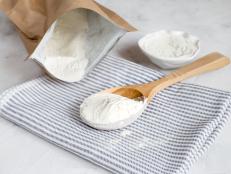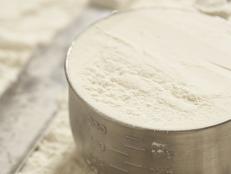New Breeds of Gluten-Free Flours

Celiac-friendly flours are no longer hard to find on store shelves. These days, there are even flavor and texture options to choose from. Here are some of the hottest varieties to sift through. Almond
Also known as "almond meal," this “flour” is simply a finely ground mixture of blanched almonds. It makes a nice addition to gluten-free flour blends and can also be used for baking when combined with egg whites and powdered sugar. Since it’s made from nuts, it’s higher in calories from healthy fats and lower in carbs than some of the other options. It is also rich in vitamins and minerals, including vitamin E, iron, magnesium and calcium.
Per 1/4 cup: Calories 160; Fat 14 g (Saturated 1 g); Carbohydrate 6 g; Fiber 3 g; Protein 6 g
One of the newest options on the market is totally bananas! This flour is made from dried, underripe bananas, so it doesn’t have an overwhelming banana flavor. For use in cooking and baking, banana flour requires a 25-percent reduction when swapping for flour (3/4 cup of banana flour for every cup of wheat flour), due to its high starch content. It can also be used as a thickening agent and to boost nutrients in smoothies and desserts.
Per 1/4 cup: Calories 100; Fat 0 g (Saturated 0 g); Carbohydrate 25 g; Fiber 2 g; Protein 1 g
To be able to dry and grind peanuts into flour, some of the fat needs to be removed. This creates a coarse powder with a mild roasted peanut flavor that is higher in protein and lower in fat than peanut butter. Use peanut flour for breadings, thickening soups and adding protein to smoothies.
Per 1/4 cup: Calories 110; Fat 4 g (Saturated 0.5 g); Carbohydrate 8 g; Fiber 4 g; Protein 16g
Don’t let the name fool you — there’s no wheat in this grain. Buckwheat is the traditional foundation for soba noodles and is known for having a distinctive nutty flavor that is well-suited for pancakes, cookies and crepes.
Per 1/4 cup: Calories 100; Fat 1 g (Saturated 0 g); Carbohydrate 21 g; Fiber 4 g; Protein 4 g
Made from dried coconut meat, this grain-free flour is very absorbent and dry, so adding extra moisture to recipes is a must. It’s high in fiber and has a unique nutrient profile, and it can be a nice option for breadings and baking. Using coconut flour in a recipe may take some trial and error.
Per 1/4 cup: Calories 120; Fat 4 g (Saturated 4 g); Carbohydrate 16 g; Fiber 5 g; Protein 4g
Dana Angelo White, MS, RD, ATC, is a registered dietitian, certified athletic trainer and owner of Dana White Nutrition, Inc., which specializes in culinary and sports nutrition.

